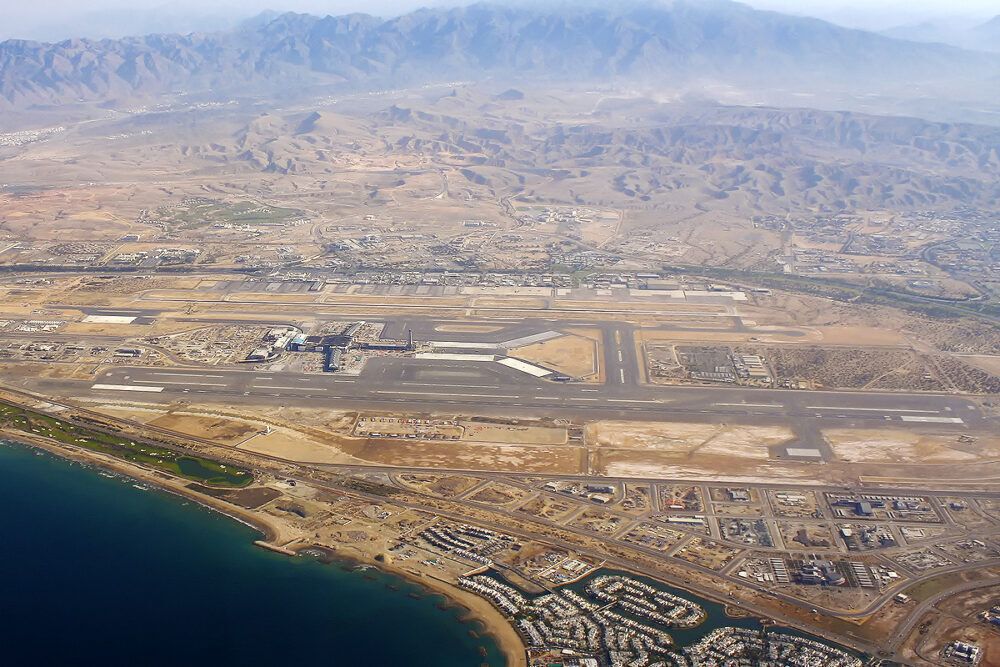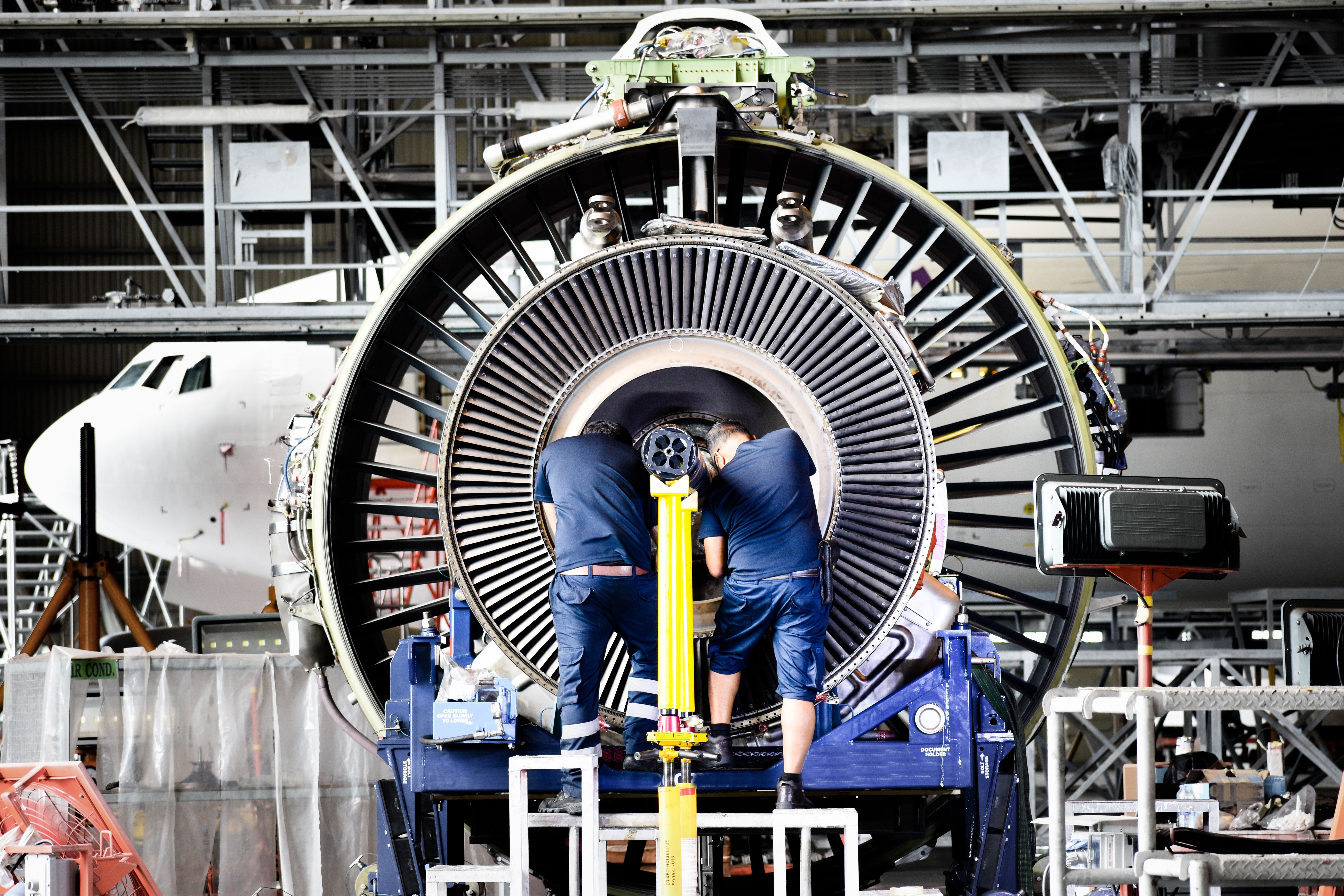Jet engines are complex machines that require immaculate servicing and periodic maintenance. An engine may be taken off the wing due to an operational failure or an in-flight incident. However, routine maintenance checks are often the primary reason for a maintenance visit. The incoming inspection generally reveals the extent of wear and damage to the engine during operation.
Jet engines are exposed to extreme environments during operation. From rain and hail to other environmental debris, the engines are designed to take everything in and still keep running. However, some environmental aerosols damage the engine more than others.
These aerosols include salt air at coastal airports, mineral dust from desert sands, air pollution sulfates, and black carbon resulting from wildfire smoke or volcanic ash. These aerosols can damage moving parts within the engines through abrasion, corrosion, or clogging critical valves and nozzles.
Identification of wear and damage
There are various techniques used to predict and identify engine wear as a result of exposure to environmental aerosols. Meteorologists gather atmospheric data and periodically analyze it for aerosol concentration in a specific region or a city pair. The analysis also shows dispersion patterns which are then correlated with the aircraft movements in the region.
Computer models for aerosol concentration and dispersion also highlight the potential impact on engine parts that are exposed to the environment. Through environmental data and flight history, exposure to environmental aerosols is estimated, and measures are taken for increased inspection and maintenance of engines.
Get the latest aviation news straight to your inbox: Sign up for our newsletters today.
Impact of environmental factors on engine maintenance
Commercial jet engines are sensitive to potential damage from the environments through which they fly. Extreme environmental factors affect the lifecycle of the engine. For example, the lifecycle of the CFM International CFM56 engines that operate in deserted regions of the Middle East is much shorter than those running in cold and sea-level environments.
The engine will have significant exposure to sand but relatively light exposure to sea salt, sulfates, and black carbon. Engines with a profile like this warrant frequent inspections for abrasive damage. As such, the period between routine inspections is shorter if the chances of extreme environmental damage are higher.
Preventive maintenance practices seek to take into account exposure to such aerosols, varying the Time Between Overhaul (TBO) for engine parts as laid down by international regulations. Almost all critical and non-critical systems undergo periodic inspection and maintenance to prevent damage due to exposure to aerosols.
The environmental correction factors based on time-averaged aerosol exposures for specific regions are calculated to schedule preventive maintenance. It is noteworthy that incidents or brief periods of unusually high exposures could result in greatly accelerated deterioration of engine components.
Interested in similar technical content? Check out our complete guides section here.
Therefore, preventive maintenance based on specific periods may not be highly effective in such cases. Aircraft operators employ on-condition maintenance where targeted routine inspections indicate the extent of wear or damage to engine components. Scheduling maintenance on an individual aircraft basis helps avoid mechanical failures and the resulting costs of schedule disruption.
What are your thoughts on the effects of environmental aerosols on aircraft and engines? Tell us in the comments section.


